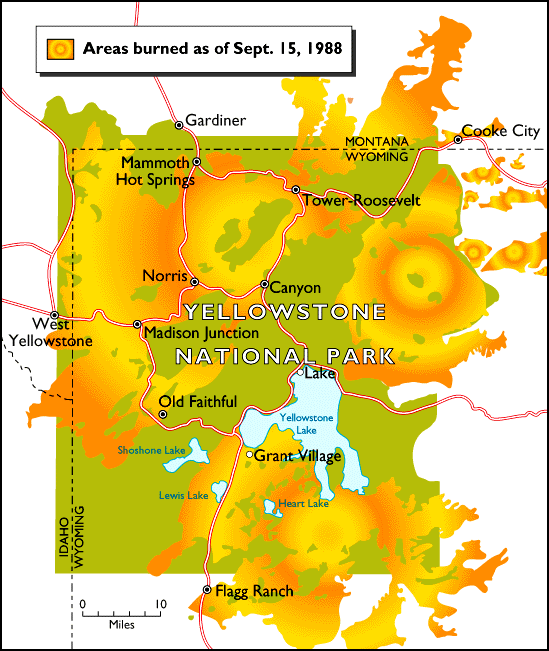From the Grand Junction Daily Sentinel:
GLENWOOD SPRINGS — When Larry Garfinkel turned toward a wildfire that bore down on him near Carbondale 16 months ago, he was convinced he was about to burn to death, he said Monday.
“I was facing the fire and it was right there,” Garfinkel, a retired Los Angeles police detective, testified in the trial of Carbondale rancher Larry Gerbaz.
Gerbaz is being prosecuted on felony and misdemeanor arson charges in connection with the April 15, 2008, wildfire, in which Garfinkel suffered hand and head burns and several homes were damaged. Prosecutors say embers in a debris pile that Gerbaz had burned three days earlier flared up and caused the fire. Gerbaz’s attorneys dispute that contention.
Garfinkel, 62, gave a harrowing account of living through a blowup of a wildfire.
The California resident had been on a fishing outing with two other men near Carbondale when they saw a faraway plume of white smoke transform into a dark ball, causing them to head back to their car. They walked at first and then ran as the smoke thickened and they began to see flames.
Garfinkel said the wind-driven fire “just blew up,” spreading almost a half-mile in 20 or 30 seconds, and all three headed for a creek.
Hobbled by a bad knee, Garfinkel turned toward the fire at the creek to grab a willow bush and let himself down into the water.
“The bush exploded. It didn’t catch fire or ignite, it just exploded,” he said.
He said he saw his left hand flash white before he ended up underwater, looking up.
“I watched as the fire went over me. I came up for air once and went back down and I don’t remember what happened next,” Garfinkel said.
Choking back tears, Garfinkel told jurors he later urged one of his fellow anglers to save himself when the man told him he had to get out of the water and flee.
But the man pulled him out of the creek, and the third fisherman helped them climb up to Colorado Highway 82 as they continued their race against the fire.
Defense attorney Tom Silverman questioned whether Garfinkel’s emotions in recounting his ordeal were entirely genuine. Silverman suggested that Garfinkel hadn’t cried in describing the fire during a deposition Thursday, regarding a lawsuit Garfinkel has filed against Gerbaz.
“I beg to differ, sir,” Garfinkel said.
The two-week trial is scheduled to go to jury deliberation Friday.
Garfinkel was the prosecution’s last witness and Gerbaz’s attorneys began to call witnesses late Monday.







